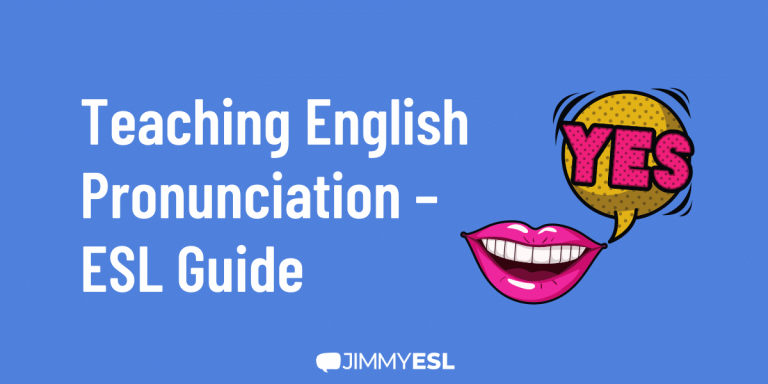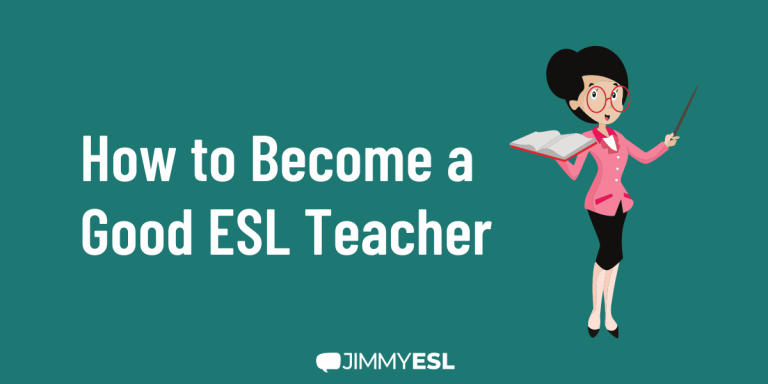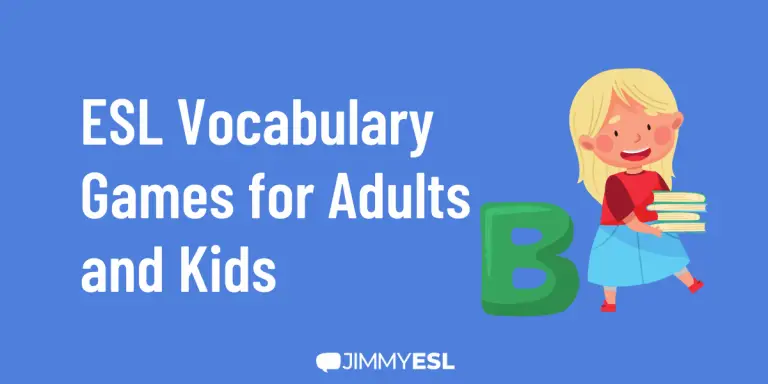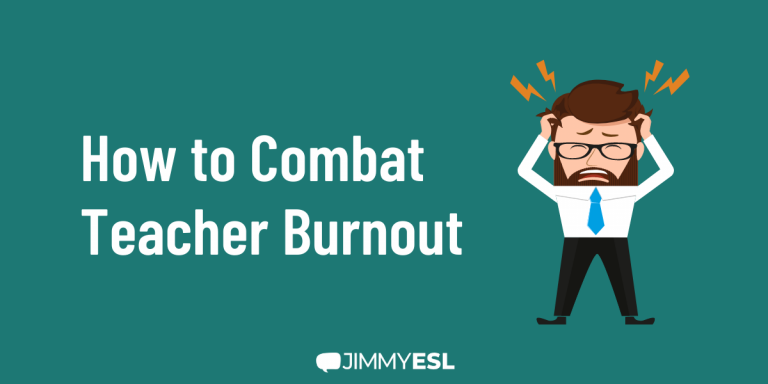Interactive Whiteboards in the Classroom: The Starter Guide
With the rapid expansion of new technology, today’s schooling may seem easier than ever yet never more challenging.
On one hand, teachers and students can teach and study online anywhere and the progress of digital learning devices is skyrocketing. On the other hand, most teachers would agree that keeping students’ attention has never been harder.
The truth is, there’s no more room to connect with students if you insist on old-fashioned chalkboards and paper-based study materials.
Students nowadays live in a smart, connected world and receive information fast through digital services. Therefore, they expect to receive knowledge at school in the same way. Otherwise, they easily lose interest.
You can use technology in multiple ways to simplify and improve your teaching methods while engaging students in fun, interactive lessons. Among the top and most practical ways to do this is using an interactive whiteboard in your classroom that will upgrade your standard text-based teaching.
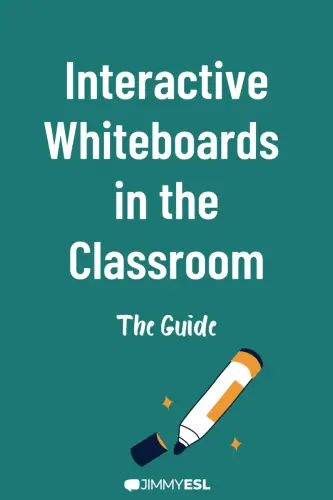
What Is an Interactive Whiteboard?
The interactive whiteboard is also known as “smart whiteboard” or “electronic whiteboard”. It is a learning tool in the classroom that displays multimedia content from a computer onto a classroom board, so teachers and students can interact with the content on the screen using tools, digital pens or even fingers.
You simply connect the computer to the internet, and you can access any information and use it while teaching. Interactive whiteboards also enable teachers to store data used in previous lessons and search through it when needed. All in all, these smartboards are a teacher’s treasure case.
Both teachers and students can benefit from the interactive whiteboard in the classroom. The content can be shared and used during lessons, which simplify teachers’ work and motivates students to collaborate and interact.

Also read: 7 easy tips on how to establish a hybrid classroom
How Can Teachers Use Interactive Whiteboards In the Classroom
The majority of teachers have reported seeing improvement in their students engagement and a more positive and livelier atmosphere since using this digital learning too. Nevertheless, many educators of different ages and levels of tech-savviness may find switching or frequently using the interactive smart whiteboard a bit tricky.
Although we’ve been using technology for over two decades, its exponential growth in the past several years might seem like a big leap when one needs to implement it daily in the classroom. According to my experience, the sooner, the better.
When they first brought me an interactive whiteboard in my classroom, I felt a bit unready to do a full switch. I instantly changed my mind when I saw the smiles on my students’ faces and when I saw just how simple and fun this tool was for me too.
There are so many ESL activities you can do using an interactive whiteboard. Games, quizzes, charades, karaoke shows, drawing…
Top 5 Activities for the Interactive Whiteboard in the Classroom
These are my favorite activities:
Disappearing Text
Write a sentence on the board, then instruct the students to say the whole sentence together out loud.
Then, erase a couple of words at the beginning and tell them to say the full sentence again.
Keep on erasing words until the sentence is gone, but encourage students to say the complete sentence correctly.
Walking/Running dictation
Divide the class into 2 teams.
Next, one student from each team approaches the teacher, who tells them a word or sentence from the lesson. Then, the students go back to the team and tell the word or sentence, and they have to write it on the board as quickly as possible.
The first team who writes the correct word or sentence wins and gets a point.
Read the full instructions on running dictations.
Tic Tac Toe
Divide students into two teams. Choose a grammar tense you want to practice.
Draw a 4 x 4 grid on the interactive boards. Write a sentence in every square and leave a blank space for the verb. On the side write 13 verbs (one of them is extra).
Instruct students to complete the sentence with the correct form of the verb. The first team who answers correctly gets a Tic Tac Toe.
Pictionary
Divide students into small teams.
Make a list of vocabulary words you want to practice, and that are familiar to students. List the words separately on cards turned upside down and present the on the board.
Invite a student to “draw” one word and show it to his team that has only 5 seconds to guess the word.
Continue with the next teams, then pick a winner according to the number of points that each team has won. (1 correct guess = 1 point)
Mixed-Up Sentences
Divide students into two teams or more small teams.
Make two separate columns on the board. Write jumbled sentences in the first column and leave the second column empty. Instruct students to race to make a correct sentence in a limited timeframe.
Each team gets a point for each correct and fast answer. You can also do this activity as a test review to practice syntax.
Find more activities here:
Advantages and Disadvantages of Interactive Whiteboards for the Students
Student involvement in the classroom would surely progress when students realize that teachers speak their language, i.e., fast and interactive information input. Therefore, interactive whiteboards contribute to building positive student experience in the classroom, however, just like any learning tool they have certain disadvantages when it comes to student learning.
Let’s take a look at both the advantages and disadvantages of interactive whiteboards for the students:
Advantages
Students learn in different learning styles
With the interactive whiteboard, teachers can support and encourage different styles of learning, i.e., visual, kinesthetic, and auditory.
Students who are keen on visual learning would be able to draw, manipulate and present on the board, while the auditory learners will enjoy videos, songs and sound effects. The kinesthetic students can have physical interaction with the board that allows them to touch and move objects on the display.
Enhances language learning
The interactive smart board is especially effective for language classes. Language teachers usually combine the digital format of their teaching materials with the textbooks, so students can get multiple interaction with the language they are learning.
Students can work with new vocabulary or grammar content by clicking, highlighting, watching dialogue videos, listening to pronunciation of words related to images and much more.
Direct-from-source information remains available
Another important benefit of interactive whiteboards in the classroom is that presentations during lessons can be recorded, saved, shared and used at any time when needed.
Students can thus plan when to revise study material and be sure that they rely on correct information. This way, students feel more self-confident, motivated and focused.
Storytelling
According to research of educators, ESL students exposed to digital storytelling develop their English skills and progress fast. For young learners, for example, teachers can use comics and cartoons to introduce new vocabulary and grammar structures.
Another practical and fun way to use storytelling in the classroom is with predictable storybooks or picture books with no text that you can change, adapt or upgrade together with your students’ ideas.
More experienced students can write words or sentences and add to a story to finish it, or create a new one from scratch together with their classmates.
Enhanced interaction in the classroom
Smart interactive boards have a touchscreen that can be used by many students simultaneously. Teachers would be happy to see that their students turn into active participants in the lessons, communicating and enjoying the hands-on experience of learning.
Disadvantages
Negative impact on eye health
No need to go any deeper, as it is clear that staring at any screen for a long time may have a negative impact on the eyesight. One of the best ways to avoid this is to limit the time of use of the interactive board and combine it parallelly with other activities that do not involve screen time.
Risky when remote access by students is permitted
To increase students’ engagement, many teachers allow their students to interact on the board through their personal computers. In one way, this can have a positive outcome, as students can share relevant data related to the curriculum.
However, students often use their access to share inappropriate and irrelevant information on screen that may disrupt learning time.
Technical problems
Both teachers and students can use these boards only when the lighting in the classroom is appropriate. Inadequate lighting can make students’ reading experience unpleasant.
Also, if the power goes out, or the computer collapses, the lesson material might disappear and it is likely that this will interrupt students focus and break the learning atmosphere.
The Best Whiteboards for the Classroom?
Teachers can enhance their lessons by using the interactive whiteboards in various ways, incorporating a wide range of audiovisual material to have more motivated and engaged students. However, choosing an interactive whiteboard can be a bit challenging if you don’t know where to start from.
Here are my top 2 suggestions:
Samsung Flip 65 Inch
[amazon-button link=”https://www.amazon.com/Samsung-WM65R-Flipchart-Business-LH65WMRWBGCXZA/dp/B07WXZDCC9?crid=60QK5R3QTLFM&keywords=samsung%2Bflip%2B65%2Binch&qid=1653912076&refresh=1&sbo=RZvfv%2F%2FHxDF%2BO5021pAnSA%3D%3D&sprefix=Samsung%2BFlip%2B65%2Binch%2Caps%2C128&sr=8-3&th=1&linkCode=ll1&tag=jimmyeslus1-20&linkId=51c2c08a09706a2648a824431b6f5a02&language=en_US&ref_=as_li_ss_tl”]
With its digital flip chart and screen size of 65 inches (1.65 m), this interactive whiteboard makes any room turn into a classroom.
Samsung Flip 65 Inch includes a built-in Wi-Fi module and a built-in speaker that will enhance your presentations of various audiovisual teaching materials within your lessons.
It has a rather large display, a temperature sensor and time and date memory which are practical for steady control of this learning tool and the data you want to save and classify.
This interactive smartboard comes with two passive digital pens, a power cable and a touch out USB cable that you can use to connect to your computer or smartphone.
Plus, you get a 3-year warranty with on-site pickup service during the warranty period.
VIBE All-in-One Computer Interactive Whiteboard

[amazon-button link=”https://www.amazon.com/Vibe-Interactive-Touchscreen-Collaboration-Whiteboard/dp/B081LPL772?crid=21GPPMOHWCPW8&keywords=Vibe+All-in-One+Computer+Interactive+Whiteboard&qid=1653912258&sprefix=vibe+all-in-one+computer+interactive+whiteboard%2Caps%2C145&sr=8-1-spons&psc=1&spLa=ZW5jcnlwdGVkUXVhbGlmaWVyPUEyOUZDMzY1R1MxWlI5JmVuY3J5cHRlZElkPUEwMzIyMzMyMzZZVzdEOUtXREhTNSZlbmNyeXB0ZWRBZElkPUEwMjcxNjQ4U0NIQTZLQUo3VU04JndpZGdldE5hbWU9c3BfYXRmJmFjdGlvbj1jbGlja1JlZGlyZWN0JmRvTm90TG9nQ2xpY2s9dHJ1ZQ%3D%3D&linkCode=ll1&tag=jimmyeslus1-20&linkId=346770ead3f3c082c6d6f2e649403f76&language=en_US&ref_=as_li_ss_tl”]
This exceptional interactive board is designed to make teaching and learning experience a breeze. One of its main pros is the pen that you can use on the touchscreen, which looks natural and feels familiar like a marker on a regular whiteboard.
Next, you can edit and share information with many people at the same time, either face-to-face in the classroom or while working remotely (ping, offline-online teachers!).
The size of the screen of the VIBE smart board is 55 inches (1.4 m). You can use various apps for teaching, as the board works with almost any of the teaching tools.
Plus, you can store all of your necessary data in the VIBE Cloud in real time. So, you don’t have to worry about the whereabouts of your notes – they will all be stored and ready to use back and forth during lessons. Then, you can export the content to your cloud drive like Dropbox, Google Drive etc.
The VIBE Smart Digital Whiteboard can be easily installed and has a thin and compact size that makes it convenient for any classroom.
Also read: The 10 best laptops for teachers
To Sum Up
Using an interactive whiteboard in the classroom is beneficial for both teachers and students. This learning digital tool is rapidly taking over, so the sooner you catch up with the multiple ways to use it, the better the attention and motivation of your students.
